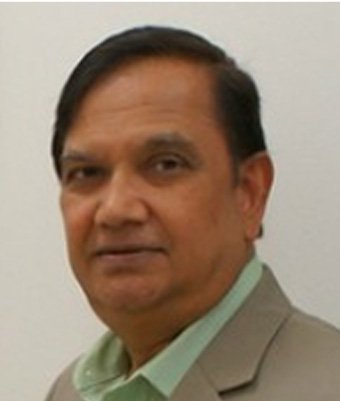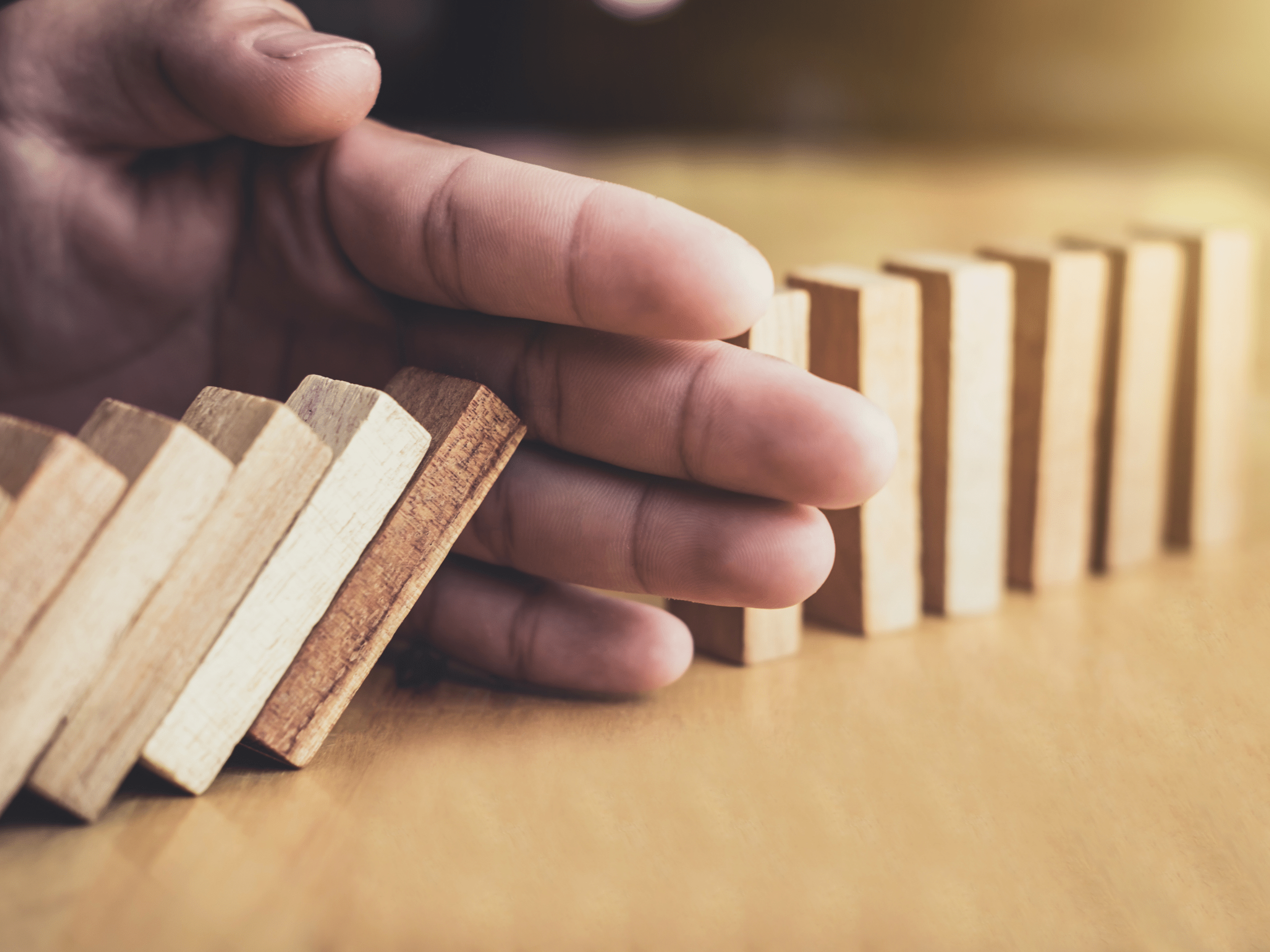Medically Reviewed by Dr. Mohammed Saeed, MD.
If you or a loved one are taking an opiate or opioid, you should always be aware of your ability to develop opioid dependence. While there is a definite medical need for opioids and opiates, dependence on these substances has reached epidemic proportions, and opiate addiction is at an all-time high.
If you, or a loved one, are currently suffering from opioid addiction or dependence, don’t worry, there are comprehensive programs that can offer help. You don’t have to take this on alone!
What’s the difference between opioid dependence and opioid addiction? It’s subtle but distinct. To begin with, let’s take a look at what opioids are. The following is from WebMD.
What Are Opioids?
From WebMD…
Opioids—also called opiates or narcotics—are pain relievers made from opium, which comes from the poppy plant. Morphine and codeine are the two natural products of opium. Synthetic modifications or imitations of morphine produce the other opioids:
- Fentanyl — (Duragesic) Used for severe pain, often administered in transdermal patch form.
- Heroin — (street drug). Never prescribed in the USA.
- Hydrocodone with acetaminophen — (Lorcet, Lortab, Vicodin). Great potential for abuse.
- Hydrocodone — (Zohydro ER, Hysingla ER) Great potential for abuse.
- Hydromorphone — (Dilaudid) Great potential for abuse.
- Methadone — Great potential for abuse.
- Oxycodone — (OxyContin) Great potential for abuse.
- Oxycodone with acetaminophen — (Percocet) Great potential for abuse.
- Oxycodone with aspirin — (Percodan) Great potential for abuse.
- Meperidine — (Demerol) Great potential for abuse.
One thing each of these opiates/opioids have in common is that they all have great potential for abuse. And as recent statistics show, that potential is being lived up to—unfortunately.
We reported in an earlier blog that overdose deaths are predicted to reach 70,000 this year, and from a look at the early statistics, the NY Times estimates it will hit that mark.
It’s difficult to stop any epidemic, let alone one fueled by illicit drugs. But stopping it starts with learning to recognize when opioid dependence and addiction begin, and, more importantly, how to get help if you do realize that you have a problem.
There are millions of people worldwide who have succumbed to addiction and then proceeded to overcome it, because our society has learned that addiction is not a moral dilemma, but that it is much like cancer or diabetes–a disease that can be treated medically with professional help.
How Do I Recognize Opioid Dependence?
Much like we talked about in the blog on How do I know if I’m an alcoholic? you would be wise to go through the same steps to understand if you are developing opioid dependence.
Signs of Opioid Dependence Are…
- a growing tolerance to the medication.
- a need to take a higher dosage to get the same relief.
- withdrawal symptoms if the drug is suddenly stopped.
Signs of Opioid Addiction
- Depression
- Irritability
- Lowered motivation
- Opioids are used for longer, or at a greater amount than intended
- Unsuccessful attempts to decrease the amount taken
- Abandonment of important activities
- Physical agitation
- Difficulty sleeping
- Over arousal and hyper-vigilance
One or two of these symptoms may easily be explained by other factors, but if you, or a loved one, have three or more symptoms, it might be time to seek out a professional that can provide you with an assessment.
Before you seek help, it’s wise to be as informed as possible. In order to do that, maybe we better first look at another topic…
What Is the Difference Between Opioid Addiction and Opioid Dependence?
Dependence vs. Addiction
“Controlling pain is the goal when opioids are used medically… and knowing the difference between dependence and addiction is important. People who take opioids for pain relief for extended periods of time may need higher doses to ease their pain, and they may develop tolerance to the drug and experience withdrawal symptoms if the medication is abruptly stopped. They become physically dependent on the drug.
Addiction occurs when substance abuse becomes compulsive and self-destructive, especially concerning an opioid user’s need to use the drug for reasons other than pain relief. Addiction is almost always accompanied by a craving, a need to have more of the drug.
There often is no easy way to determine what kind of problem a person has, or even if they have a problem. There are some addicts who show no signs; they never miss work; they always attend their family’s events; they go to church. All in all, the person appears to be a typical, loving parent. The truth is, they may be a loving parent, but they are anything but typical. If you can’t determine “What is opioid dependence?” how do you determine your course of action.
The bottom line is this
No matter what your situation… there is a light at the end of the tunnel. Recognizing you have a problem and finding the right people to help with that problem are often the hardest parts of the equation.
At Into Action Recovery Centers, we pride ourselves on providing person-centered treatment plans that help identify your needs individually. Each person is different, and we treat each client that comes to us with the compassion and dignity they deserve.
Addiction is not a matter of willpower or lack thereof. It is not a character defect or weakness. It is an illness. And to overcome that illness, you need the resources to do so. Let us help. We can provide you with those resources and change your life today!
We can help. That’s our job.
Contact us today!
Our knowledgeable staff will get back to you or call to arrange a confidential consultation.




